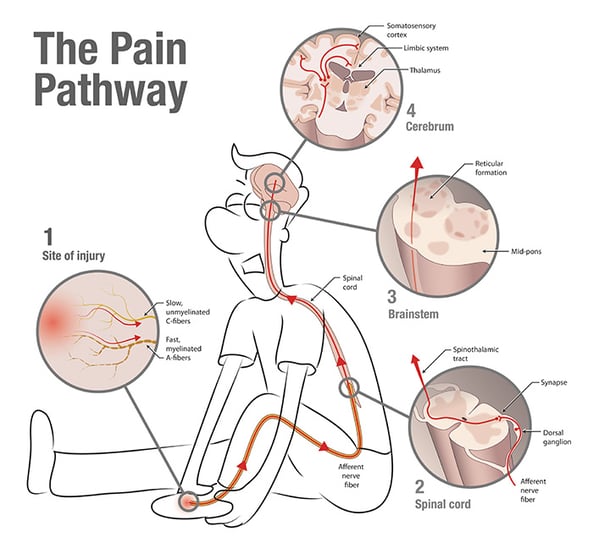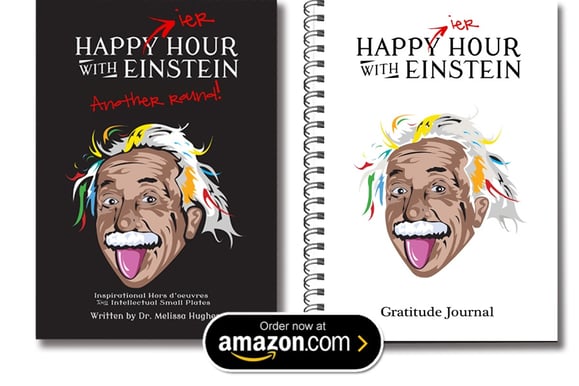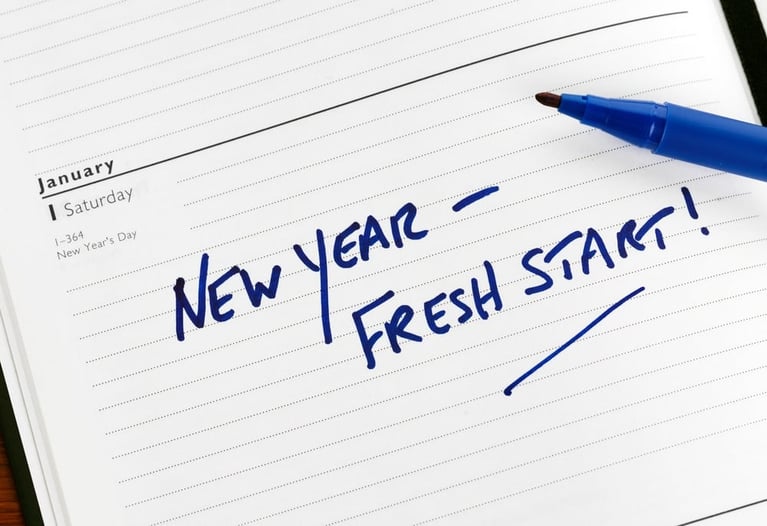What do listening to Mozart, kicking a soccer ball and solving a trigonometry problem have in common? According to recent research, they all require less brain activity than tasting a nice glass of wine.The simple pleasure of sipping a nice glass of wine is anything but simple. According to the late Yale neuroscientist and author of Neuroenology, Gordon Shepherd, the flavor of wine engages more of our brain than any other human behavior.
Neuroenology is the first book on wine tasting by a neuroscientist. It begins with the movements of wine through the mouth and explains how the brain creates the taste of wine.
Tasting wine “involves a complex interplay of air and liquid controlled by coordinated movements of the the tongue, jaw, diaphragm and throat. Inside the mouth, molecules in wine stimulate thousands of taste and odor receptors, sending a flavor signal to the brain that triggers massive cognitive computation involving pattern recognition, memory, value judgment, emotion and of course, pleasure.”
Our sense of smell (both the aroma of sniffing in as well as from breathing out) is involved. We use our sight and make evaluations about what it will taste like based upon whether we see a deep red or a pink with bubbles. And there’s the sense of touch what we feel in our mouth and our tongue. Additionally, different muscle and motor systems are involved in the physical process of swirling, swishing and swallowing.
There are also numerous brain systems involved. Memory systems are engaged in recognizing flavors you’ve experienced before. You may have an emotional response to a wine triggering a dose of dopamine. Dopamine engages the reward and pleasure network if it’s so good you decide to have another glass.
Whereas most wine writers tend to focus on the various elements that go into the wine itself — the grape, the oak, terroir, the winemaker — Shepherd's subject is the brain of the drinker. He explores biomechanics, physiology and neuroscience to describe a journey that begins as wine passes the lips and ends with a lingering "finish" that can last long after the last swallow.
Perhaps the most fascinating part of understanding our sense of taste is more about the brain than the tastebuds. The brain actually creates all of our sensory stimuli. It’s similar to the way we feel pain. In your body, there are special sensory neurons called ‘nociceptors’ that signal to the brain that something in the body "feels bad!” Some nociceptors detect chemicals like capsaicin (the ingredient in chili peppers), others detect harmful temperatures (like touching a hot stove), and others detect injuries (like the pain you feel when you stub your toe). These nociceptors also relay messages to the brain.

The path that a “this feels bad” signal travels going from a stubbed toe to the brain, where it is processed and recognized as pain.
Any self-respected wine snob will tell you that the focus should be on the grapes, the oak, the vineyard, the year, the weather. But science tells us there are many other factors besides the chemical composition of a wine that affect how the brain perceives the taste. Studies show that we form expectations based upon the price, the weight of the bottle, whether it has a screw cap or a cork, and even what music is playing in the background.
In one study conducted by Charles Spence, researchers sought to determine if hearing a cork being pulled vs. the sound of a screw-cap bottle being opened would set different expectations that may then affect people’s judgment of the taste/quality of the wine. 140 people based in the UK (and of varying degrees of wine expertise) were asked to rate two wine samples along four scales, three relating to the wine and one relating to celebratory mood. The results demonstrated that the sound of a bottle being opened did indeed impact ratings. In particular, the quality of the wine was rated as higher, its appropriateness for a celebratory occasion, and the celebratory mood of the participant was also higher following the sound of the cork pop.
Spence expanded upon that research to determine if music influences one’s perception of wine. In a 2018 study, he tested a large group of very experienced wine tasters—the majority of whom were professionals working in the wine business—at a winemaking conference. The first study assessed the impact of putatively “sweet” and “sour” soundtracks on taste evaluation, whereas the second study assessed more subtle wine‐specific terminology such as length, balance, and body. Both studies showed that experienced wine tasters were indeed influenced by background music in their wine evaluation.
An earlier study investigated the extent to which stereotypically French and German music could influence supermarket customers' selections of French and German wines. Over a 2-week period, French and German music was played on alternate days from an in-store display of French and German wines. French music led to French wines outselling German ones, whereas German music led to the opposite effect on sales of French wine. Responses to a questionnaire suggested that customers were unaware of these effects of music on their product choices.
Tasting wine is a multisensory experience, and that explains why it engages so much of the brain. This is not to suggest that all flavor happens in the brain. The chemical composition of what you’re drinking is relevant, too. No matter what music is playing or how heavy or fancy the bottle is, it is unlikely you’ll confuse grape Kool-Aid with a nice Cabernet.
But the enjoyment you experience is attributed to your amazing brain!









